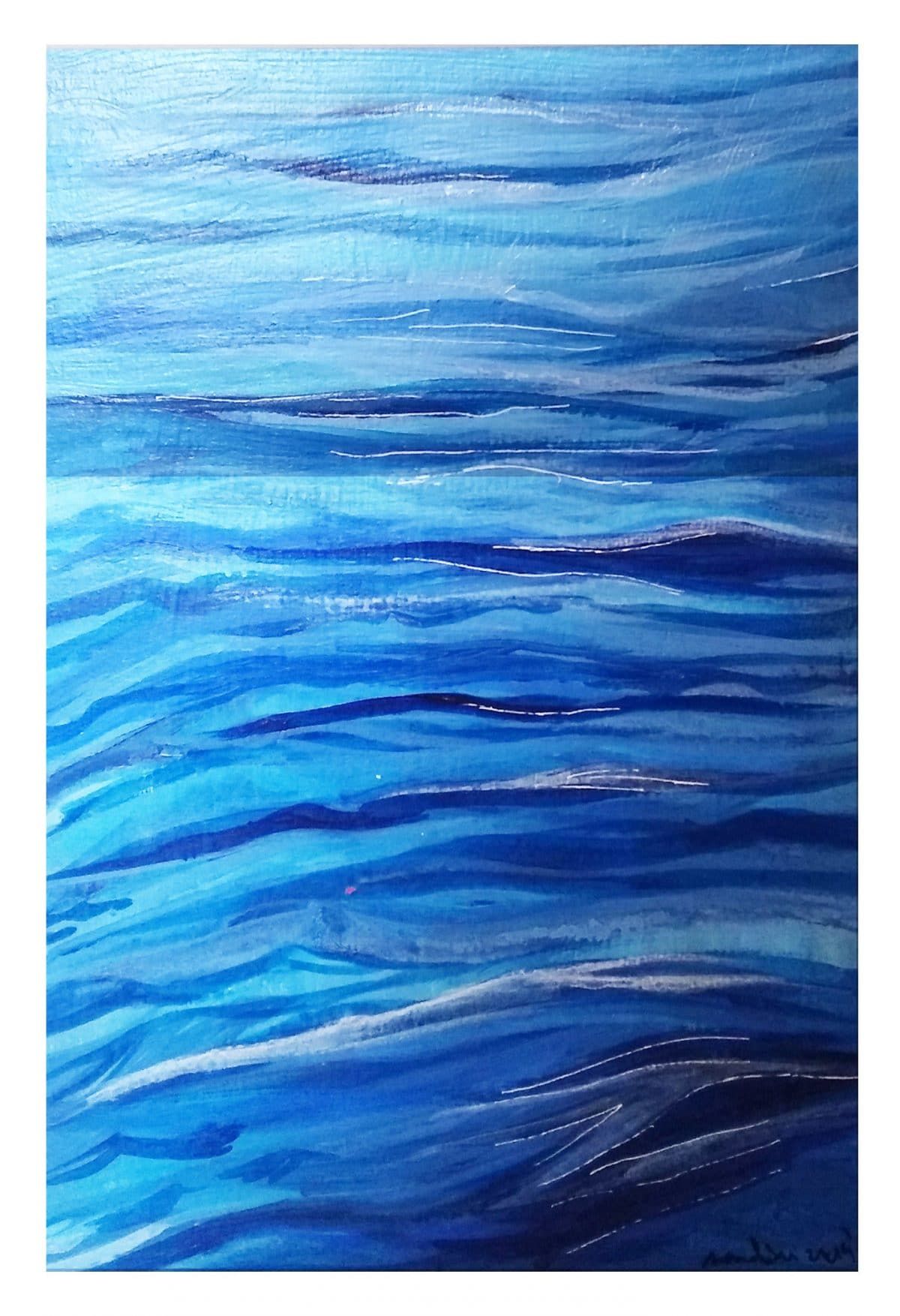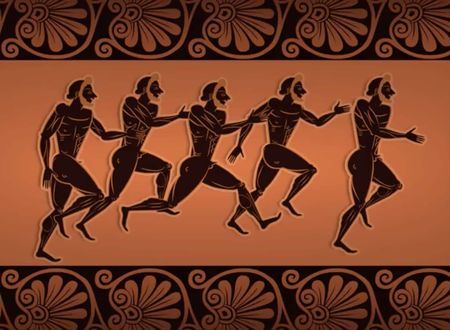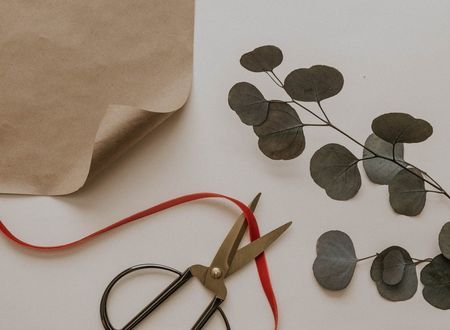Not many people know about an Irish lady called Margaret Noble in Indian history. Some might be familiar with the name Sister Nivedita(the dedicated one). That was her name as given by Swami Vivekananda. But the percentage of people familiar even with that name would be very few. Sister Nivedita was an Irish lady who followed Swami Vivekananda to India after hearing him speak in London. After that there was no looking back, she followed her master and dedicated her life to serving the people of India, especially the women. (Her achievements are remarkable and maybe I will write a different post on that). She was a pivotal part of the anti partition movement of 1905.
And one blog will not be enough to talk about what she has done for Indian culture and women. She gave thousands of women the gift of education, free thought. But another blog for that…
Today, I will concentrate on her contribution to India’s freedom struggle. Sister Nivedita was the first woman and the first person to conceive/design an Indian national flag.

This is in silk and it was embroidered by her own students. The symbol of the Vajra or thunderbolt is right in the middle. And Vande Mataram is written in Bengali. She was the first person who realized there was a need for a symbol to unite the whole of India, as the freedom struggle was gaining momentum.
This flag was also presented to Congress in 1906. The idea for this flag was conceived when she was visiting Bodh Gaya in 1904. She was in the company of J.C Bose, Tagore. J Sarkar, Swami Sankarananda and Mathuranath Sinha. The symbol Vajra, a symbol of Buddha that implies the selfless man. The Vajra is also the weapon of Lord Indra and symbolizes renunciation and service. According to legend it was made out of the bones of Rishi Dadichi. And therefore symbolizes supreme sacrifice. It is also associated with Goddess Durga. Sister Nivedita though an Irish lady had the highest knowledge of Indian culture and it would be no surprise why she was inspired by this symbol.
On 1 December 1904 in a letter written to Miss MacLeod, Nivedita mentioned her preference of “thunderbolt” as our National symbol. In a second letter dated February 5, 1905, she wrote to Miss MacLeod: “We have chosen a design for a National Flag – the Thunderbolt – and have already made one. Unfortunately, I took the Chinese war flag as my ideal and made it black on red. This does not appeal to India, so the next is to be yellow on scarlet”.
The final design of the flag adorned the symbol of the Vajra placed in between the words ‘Bande’ and ‘Mataram’ in Bengali with ‘108 jyotis or flames’ embroidered along the outer periphery.
The reason being 108 was is considered auspicious. 108” is a perfect three-digit multiple of three, its components adding up to nine, which is the sum of triple threes. Three is the Trinity that represents supreme balance in the form of creation, maintenance and destruction or transformation. The traditional japa-malas or prayer beads have 108 beads that are used to count the repetitions of prayers, chants or devotions.
She understood how important it was to have a national symbol the entire country could rally around.
“India appears to be waking up in these days…. The people are feeling their power. I think Curzon has broken the British Empire.”
This flag is at present restored and can be found at Acharya Bhawan museum in Kolkata.
But strangely not many people know about her, nor does our history teach us about this great lady.
Jai Hind! Happy Independence Day to all.









Comments & Discussion
22 COMMENTS
Please login to read members' comments and participate in the discussion.